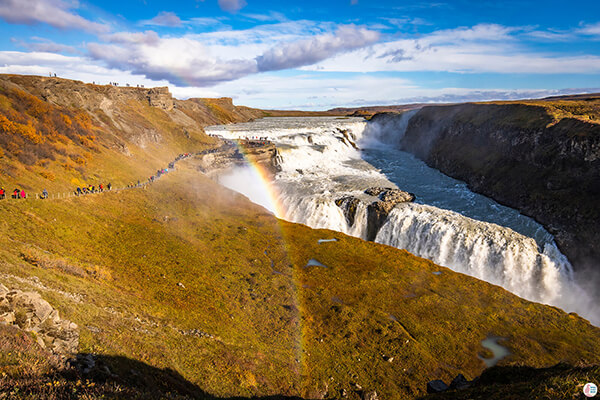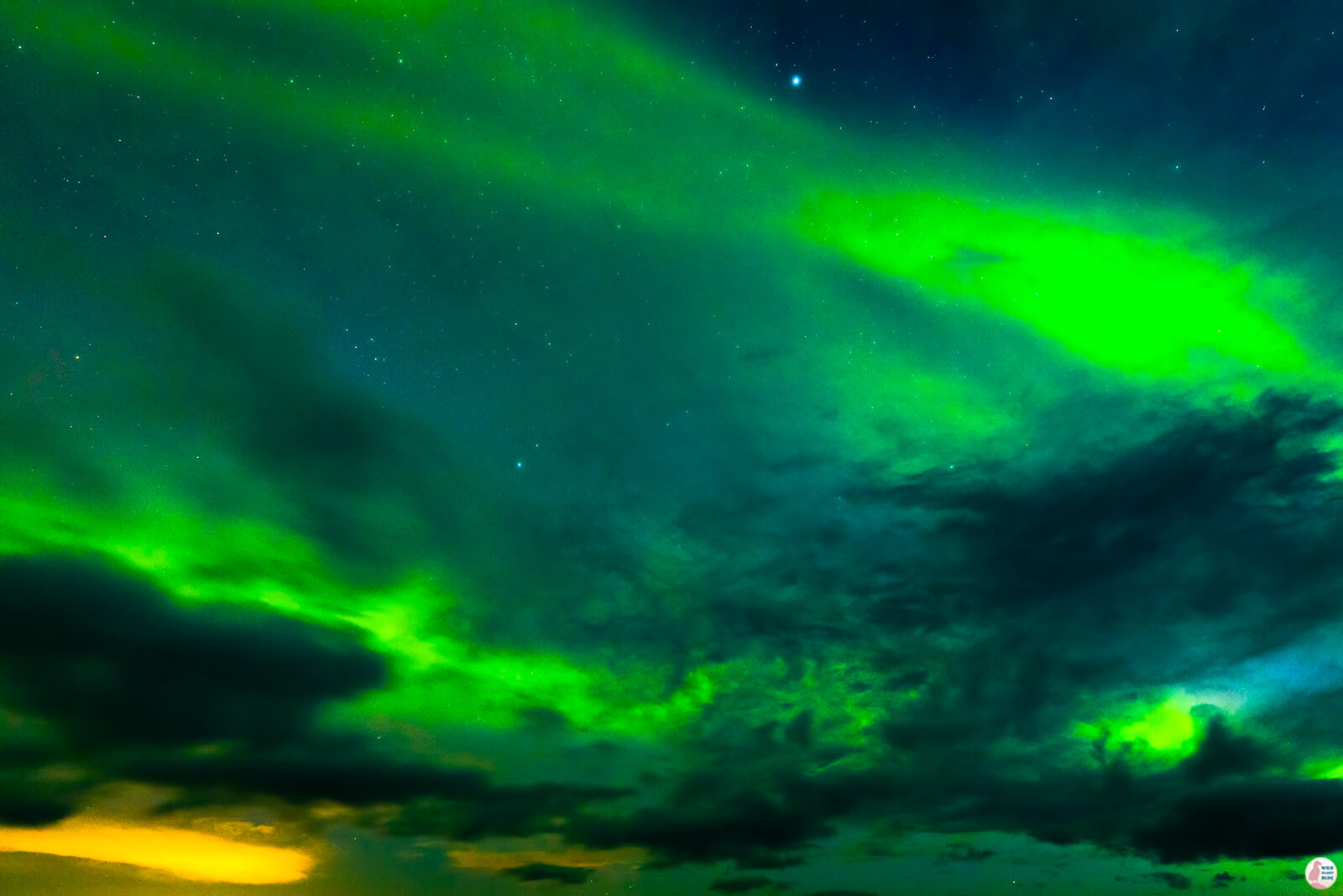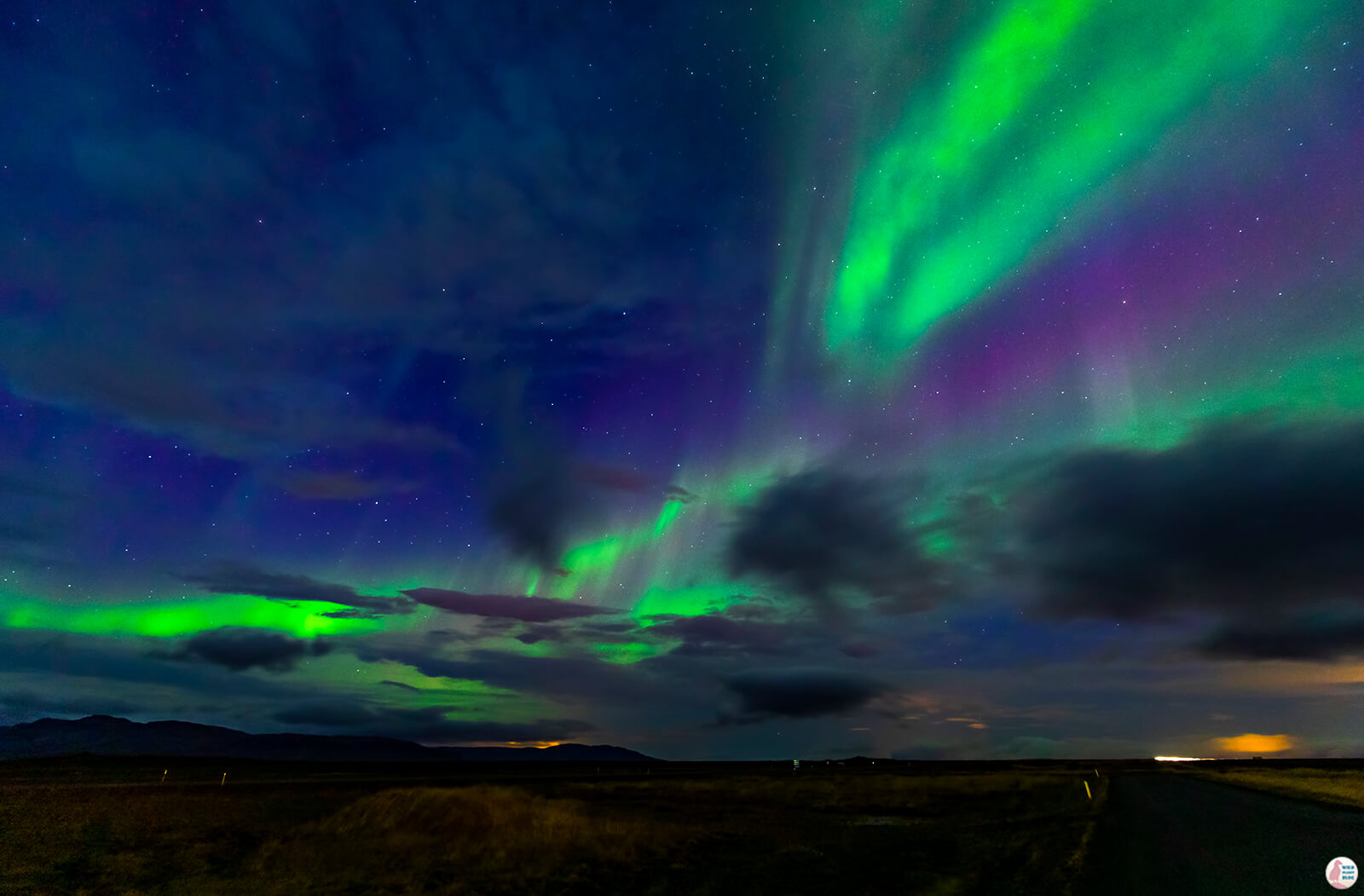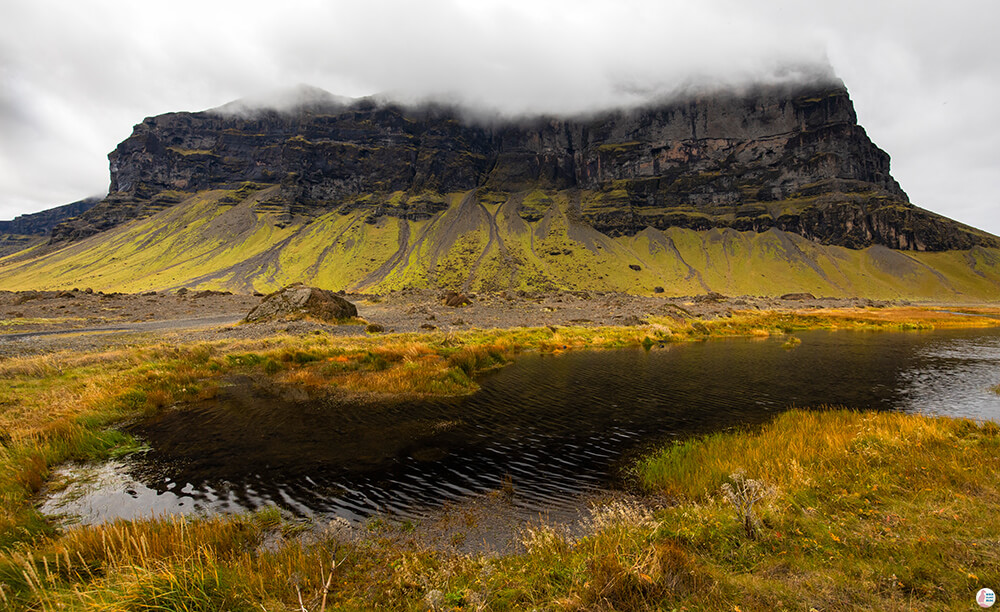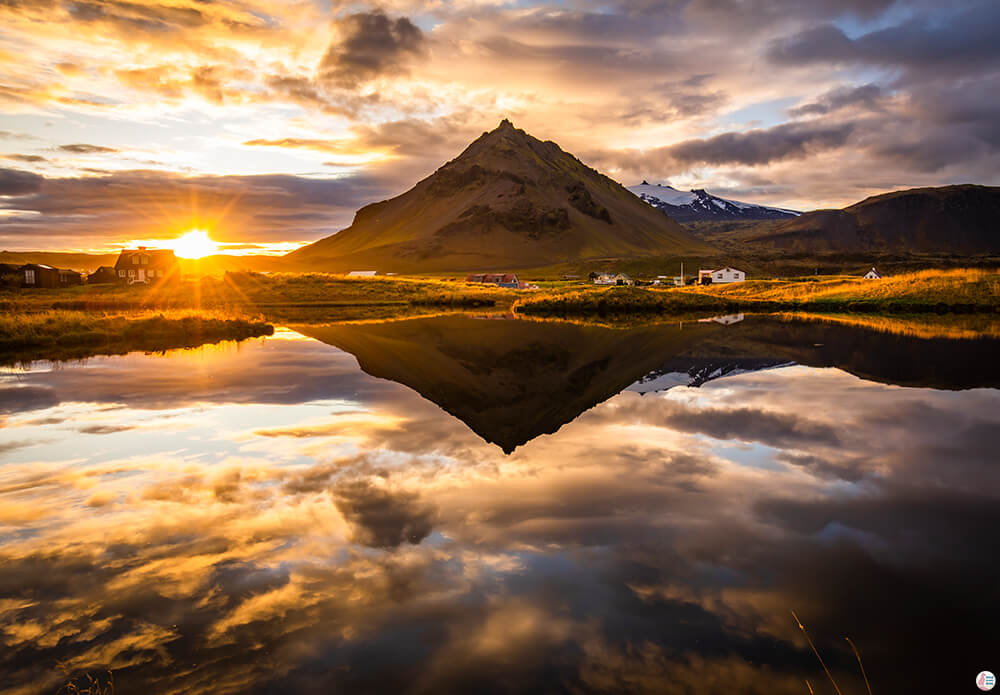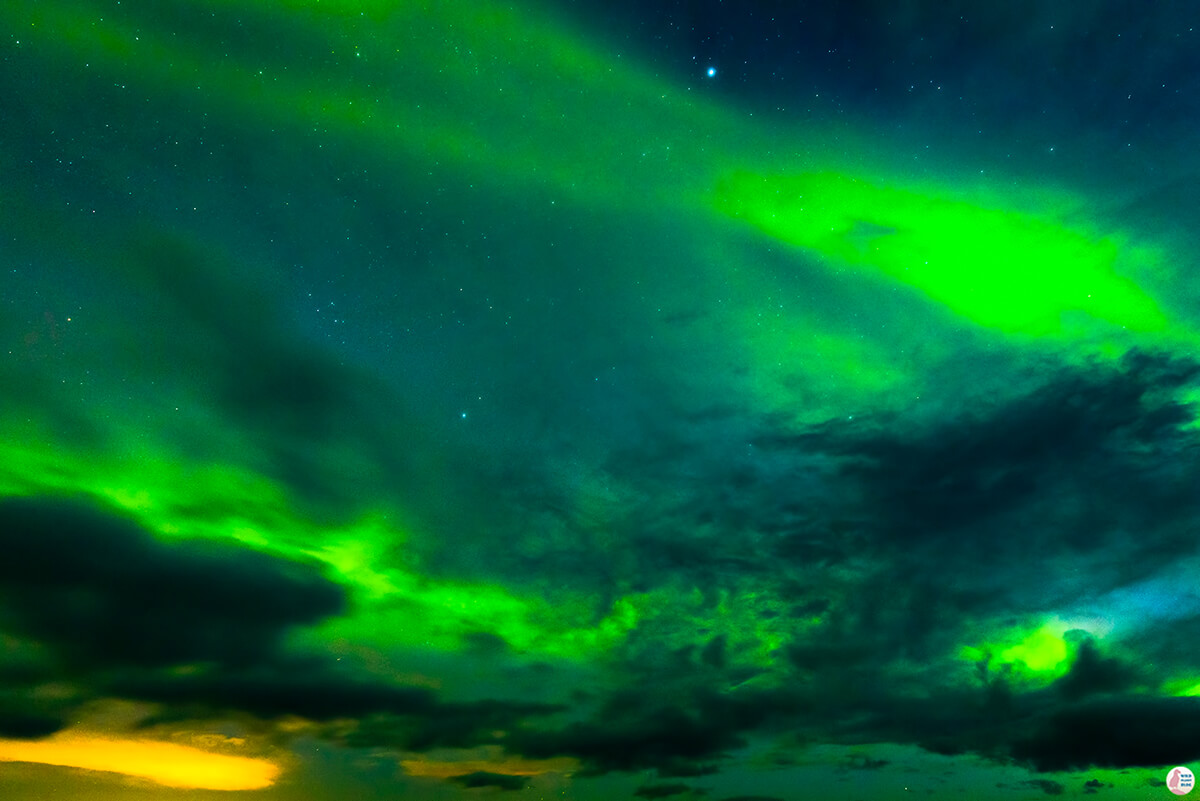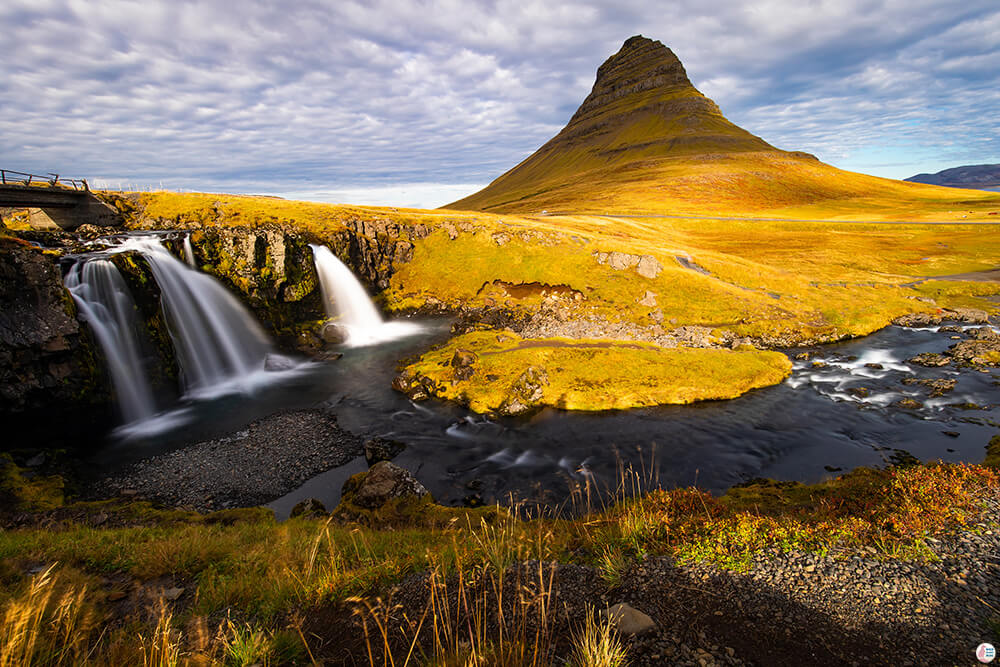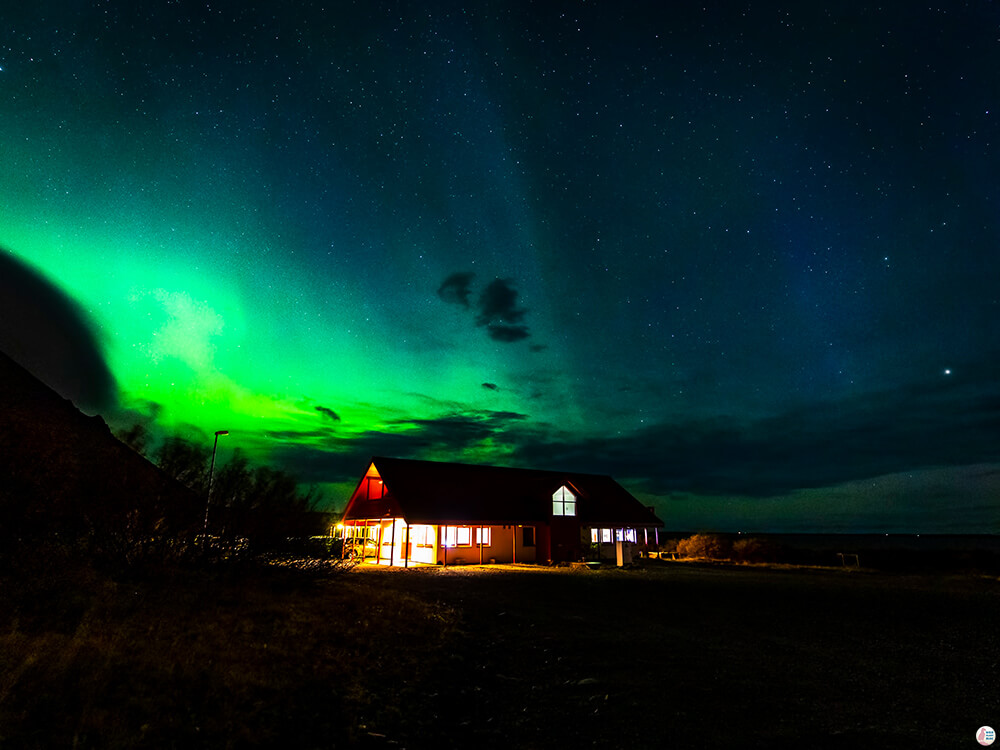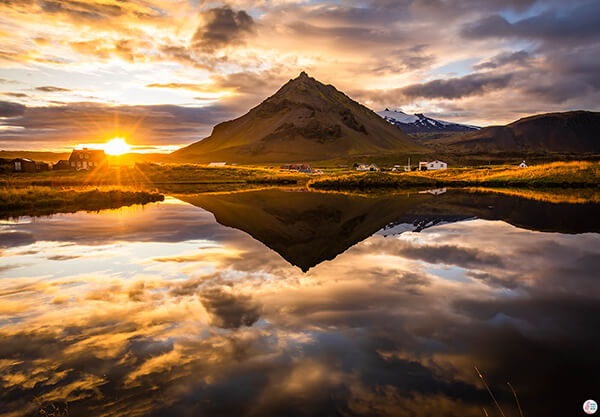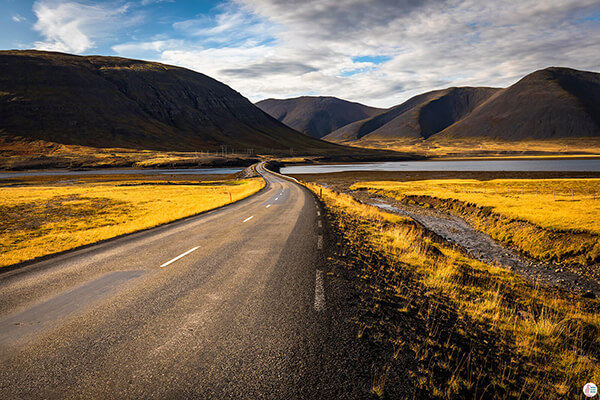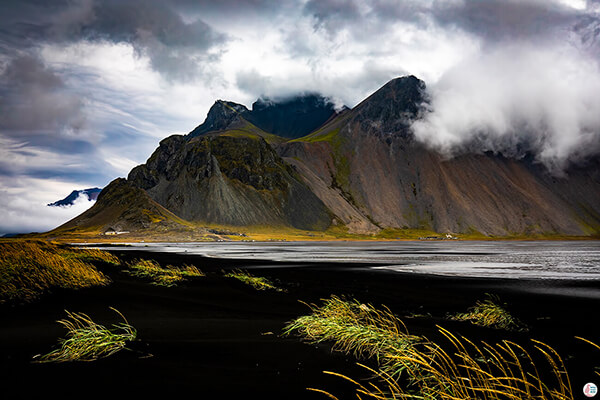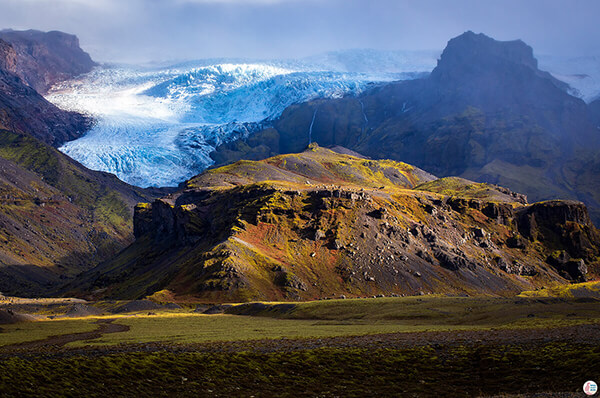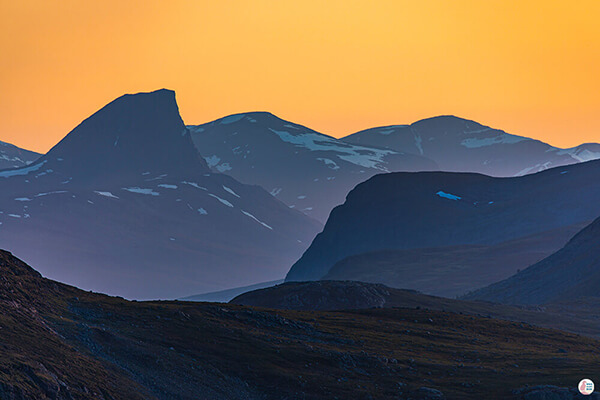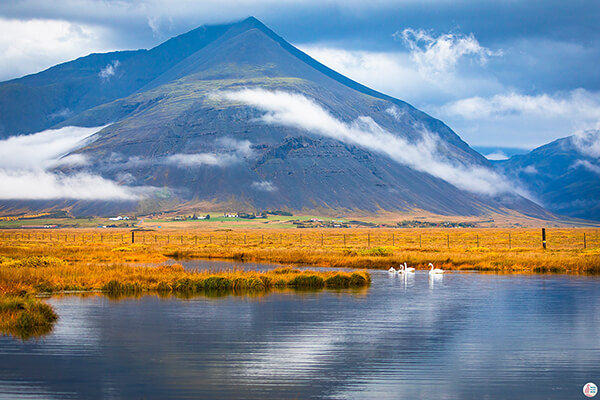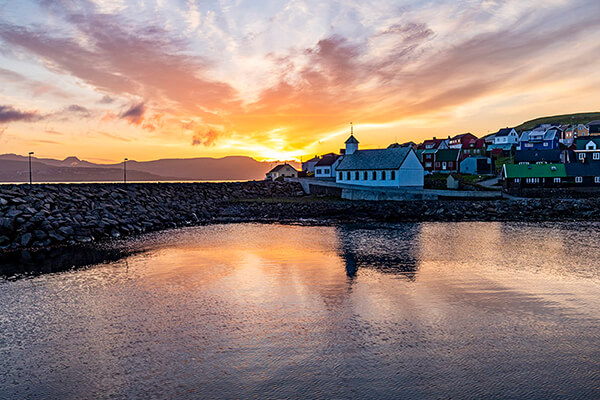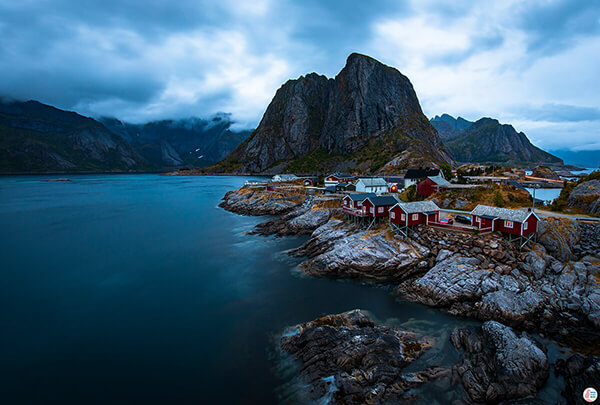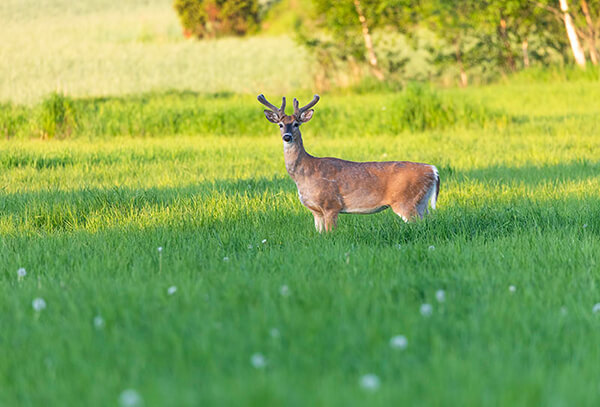I live in Helsinki, Finland, not that far from the Arctic Circle and, somehow, I have never truly witnessed the Northern Lights! I have been to Lapland during autumn time and have seen a faded greenish light, but it quickly disappeared under a blanket of clouds. There are sometimes very strong solar winds and the aurora can be visible even from Helsinki, but such times are quite rare and I am always sleeping when I get the alert on my phone.
I visited Iceland in the last week of September because I wanted to experience less crowds, autumn colors and most of all, I wanted to see the great Aurora Borealis!
In order to get to see the Northern Lights, quite many things need to align perfectly! First of all, you need to be as close to the Arctic Circle as you can, you need to be there when it’s really dark, the skies must be clear and the solar winds in our magnetosphere must be strong enough.
Iceland has a reputation of being a rainy place, especially during autumn season, so seeing the Aurora Borealis in such conditions is a bit of a challenge.
Some clouds are great for sunset or sunrise photography, as they can turn the sky into a multitude of colors, but for night sky photography, clouds are bad news.
I downloaded and paid for “Northern Eye Aurora Forecast Pro” application and added my settings. The application started notifying me when the Aurora was strong enough to be visible. Almost the whole week I was there the forecast wasn’t really in favor of me witnessing the Northern Lights. Whenever there was a notification the skies were cloudy and when there were some clear skies there was no aurora... until last night of my visit.
I had experienced 2 sunny days on Snæfellsnes Peninsula in western Iceland, but no Aurora. The last day I was there my phone started notifying me about the possibility of seeing the Northern Lights. I checked the weather forecast and it seemed like everything had finally aligned! I was close to Kirkjufell and I was quite hopeful to get a photograph of this majestic mountain under the Northern Lights!
Unfortunately, when it got dark a thick blanket of clouds covered the entire area! I went to a restaurant and ate something in hopes that the sky will clear out, after all, Iceland’s weather changes very fast! To my disappointment after 2 – 3 h of waiting, nothing changed and the skies were still very dark. The weather forecast didn’t look so promising anymore and I nearly called it quits.
After checking the map of the weather on vedur.is I have noticed that there are some places where the sky is partly cloudy and there might be a possibility to see something if I am persistent enough.
When it’s dark, it’s really dark in Iceland and it seems that my car was almost the only one on the road at that time. After driving for one hour I noticed an opening in the sky, however it’s not possible to see the aurora from the car, due to the lights. I had to find a place to park, but into the darkness that proved to be a bit difficult. Since there are no lights anywhere, it’s not so easy to spot where the parking places are. If you want to see the Northern Lights in Iceland, I suggest that during the day you’ll mark the spots where you can find parking or where you see that there might be some interesting landscapes, suitable to see the Aurora. The chances that the Northern Lights will be visible close to a famous landscape are quite slim because those are usually next to mountains. The clouds usually gather around the mountains during the night time, so you should always have a backup and mark multiple places where you could stop and park your car.
After multiple fails, I managed to park my car somewhere next to the road. There was a light in the distance and a building next to it and I was able to focus my lens using that light. The Aurora was bright enough on my camera, so I was able to focus also straight on it.
In order to photograph the Northern Lights, it is essential to have a lens that can open up to at least an aperture of f/4. This is important because when you photograph stars and Northern Lights you cannot use a long exposure because you will start to get some annoying star trails. Also, the Aurora light will become mushy and unclear, so you cannot use a long exposure for this. It is also best to have a wide-angle lens in order to capture light a longer time, without getting star trails. I had a Canon EF 16-35 mm f/4L IS USM, which is a pretty good landscape lens and it also served my purpose here quite well. At f/4 and 16 mm focal length I could have exposures of around 10s. This means I had to boost my camera’s ISO to around 3200 to be able to get a decent picture. Luckily my Canon 5D Mark IV handles high ISO images quite well and after some noise reduction I managed to get these pictures below.
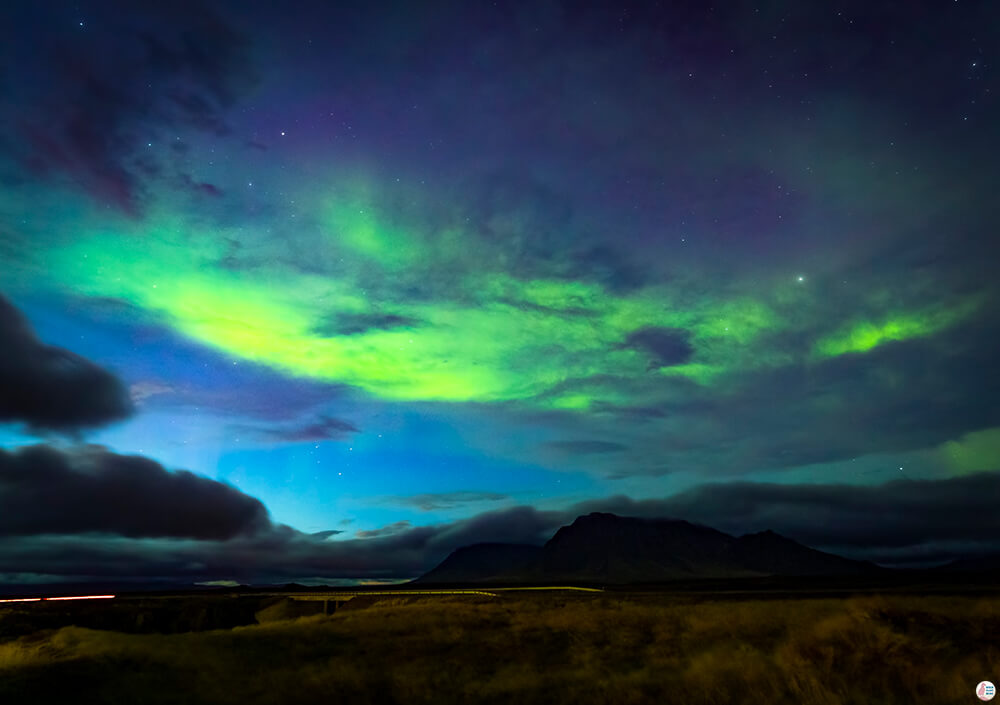
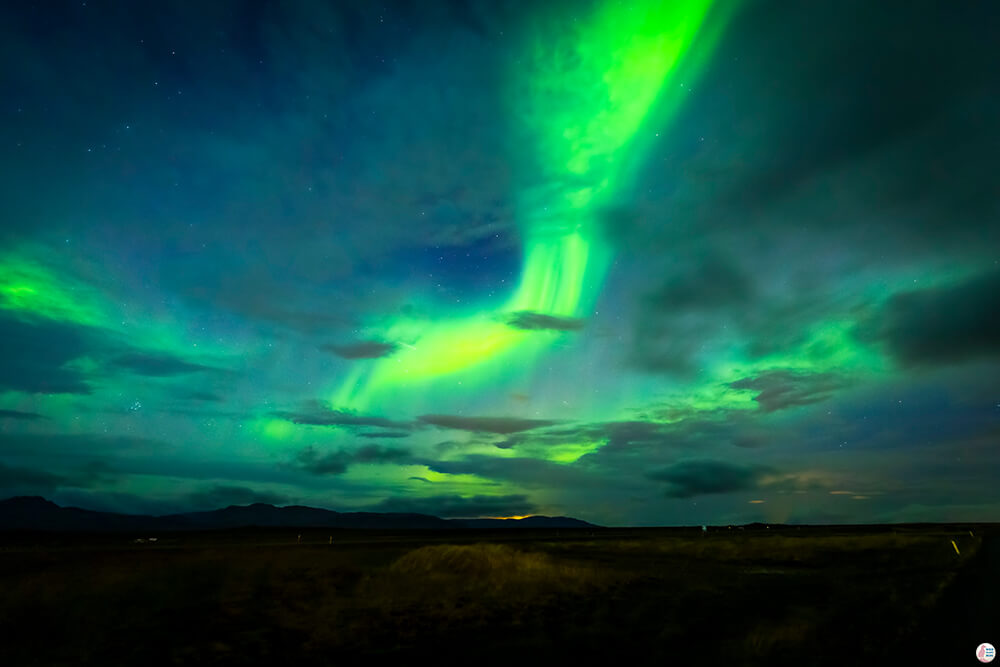
I also remember there was really strong wind, which nearly knocked my camera down! Luckily, I was wise to bring a heavy and steady tripod with me on this trip! The Icelandic coast is really cold and windy, so dress accordingly!
Many people were saying that the Northern Lights don’t look that impressive with the naked eye and that the camera enhances them so much, so I didn’t really expect to see much. I was surprised that in this case I was able to see the green light also with my own eyes and it looked beautiful! After a while of staying in the darkness, my eyes started to get used to it and my vision was enhanced. It takes at least 30 minutes for the eyes to adapt to the darkness.
I know that the setting by the road is not the best, but that was the only place I could see the lights and I am still very grateful to have taken these pictures! Of course, I would have preferred to get a picture of Kirkjufell or Vestrahorn under the Aurora, but it was just not meant to be. This just gives me more reasons to visit Iceland again and maybe I will be lucky enough to experience the Northern Lights in a more iconic landscape!
